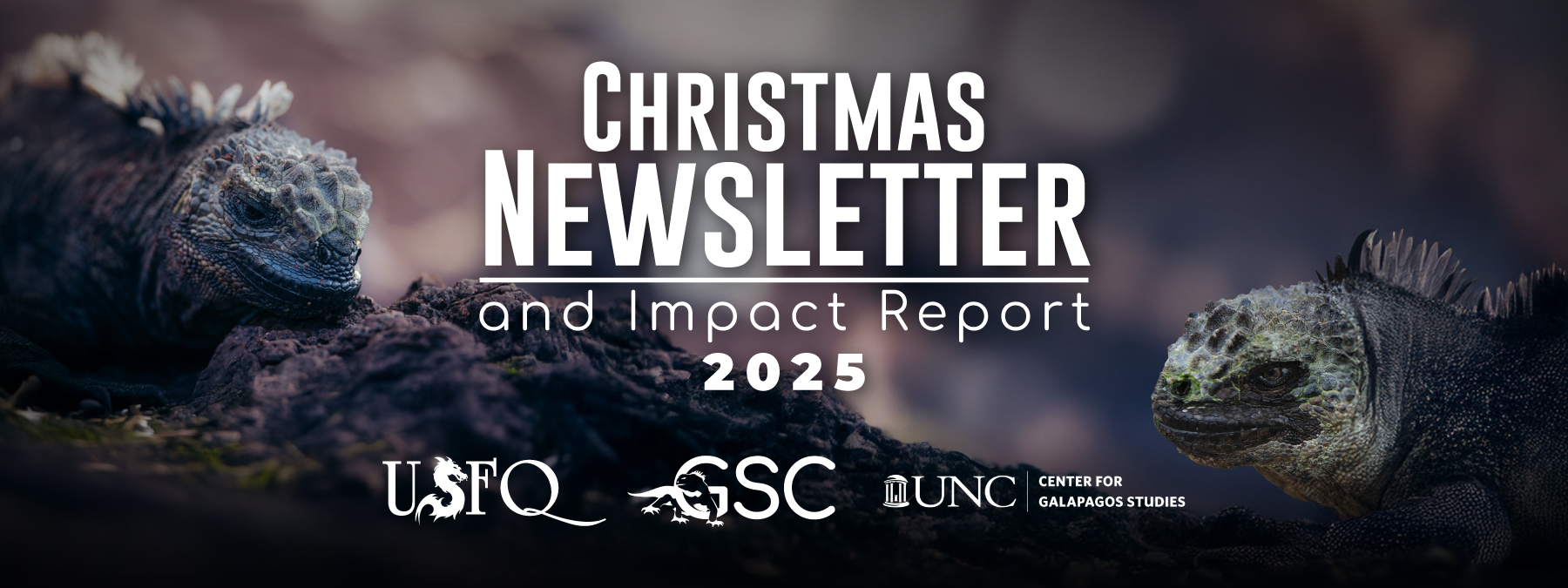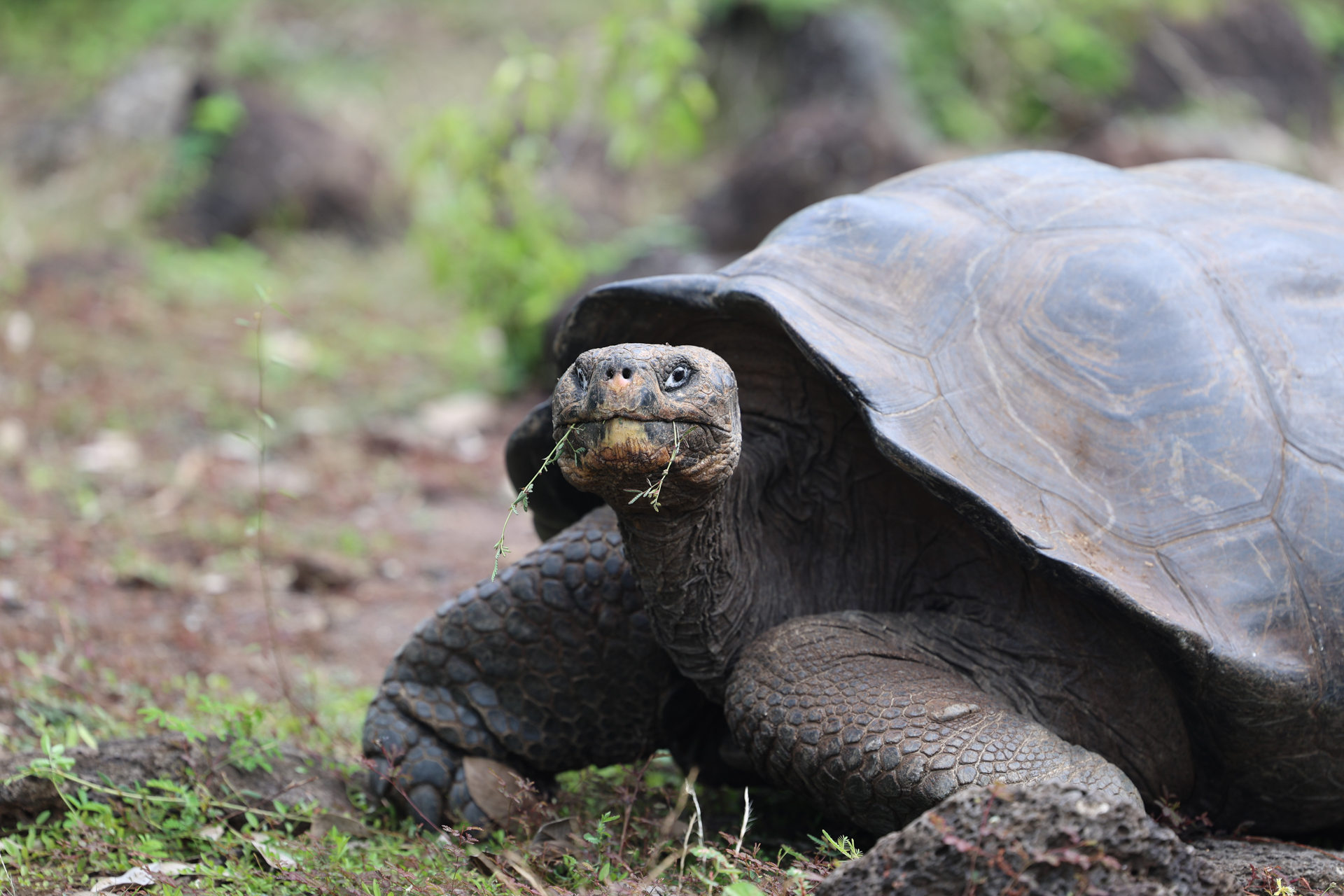A recent study conducted on San Cristóbal Island, Galápagos, successfully identified nursery areas of the blacktip shark (Carcharhinus limbatus) using drones as the primary tool. This research compared the use of unmanned aerial vehicles (UAVs) with traditional methods such as gillnets, revealing that drones allow for significantly higher and non-invasive detection of juvenile sharks in coastal areas.

Over a nine-month period, 56 drone flights were carried out across 14 sites around San Cristóbal, recording a total of 453 juvenile sharks. Four sites (Puerto Grande, La Seca, Manglecito, and Rosa Blanca) were identified as potential nursery areas, meeting established ecological criteria used to define such habitats. The results indicate that variables such as water clarity, mangrove coverage, and time of year influence the presence of juveniles, with a peak in abundance during the warm season.

This finding represents a significant step forward in marine monitoring and conservation in Galápagos. The study suggests applying this methodology to other islands in the archipelago to improve the identification of essential habitats and to promote more effective protection measures.
Read the article here: https://doi.org/10.1111/jfb.15976






